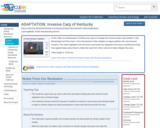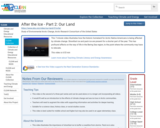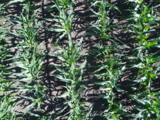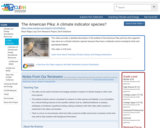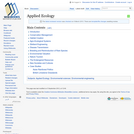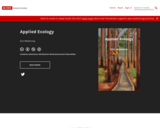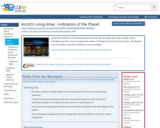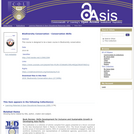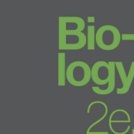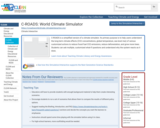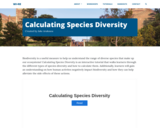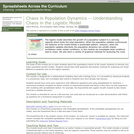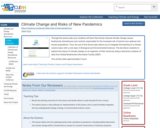Produto Técnico do Programa de Pós-Graduação em Rede Nacional para o Ensino das Ciências Ambientais - Pólo Universidade Federal de Sergipe.
O curso de Agentes Mirins Disseminadores da Cidadania Ambiental é um instrumento para o ensino das ciências ambientais, que versa o envolvimento dos participantes na construção coletiva do processo de ensino-aprendizagem, unindo a teoria-prática acerca dos conhecimentos apreendidos que são pautados nas questões ambientais. O seu desígnio principal é fomentar a sensibilização dos sujeitos para a participação no contexto da sociedade, questionando atitudes, valores, além de propor novas práticas acerca da problemática ambiental.
Trata-se de instrumento educacional para o estimulo a reflexão crítica, bem como, fomentar nos sujeitos a atuação participante e protagonista das problemáticas que englobem ilimitadas realidades. Assim sendo, o público alvo abarca os estudantes e os membros da comunidade ribeirinha, compreendendo que os conteúdos trabalhados podem ser adaptados e desenvolvidos dentro de infinitas realidades de interesse local e global.
Nesse sentido, vislumbramos que os sujeitos ao participarem da construção do vídeo documentário e assistirem ao seu produto final – o vídeo documentário, cuja dedicação em pensar e articular cada etapa, fomente reflexões acerca do que foi trabalhado durante todo processo de construção, sendo assim, capazes de disseminar de forma potente a mensagem de sensibilização das problemáticas socioambientais que precisão ser sanadas no lugar onde vivem. Versará também, provocar impacto visual e emocional nos participantes, pois, na atualidade é comum, os meios de comunicação e as escolas na divulgação e nas análises dos problemas tragam diversas realidades em escalas distantes das vivenciadas no espaço social dos sujeitos, porém assistir a sua realidade fará com que os envolvidos se sintam parte do problema, e posteriormente partir em busca por soluções para sanar as problemáticas encontradas, aproximando aquele que fala daquele que assiste.
Vídeo Documentário construído durante o curso de Agentes Mirins Disseminadores da Cidadania Ambiental por alunos e alunas da Escola Municipal Barquinho Amarelo, localizada no povoado São Braz, Nossa Senhora do Socorro, Sergipe.
Duração: 08min30seg
Roteiro e Filmagem: Alunos e Alunas do 5º ano do ensino fundamental, 2017
Edição e Narração: Laysa da Hora Santos
Apoio Técnico: Thais Moura dos Santos e Jacqueline Bispo Santana
Ilustrações: Emanuella Santos de Carvalho
